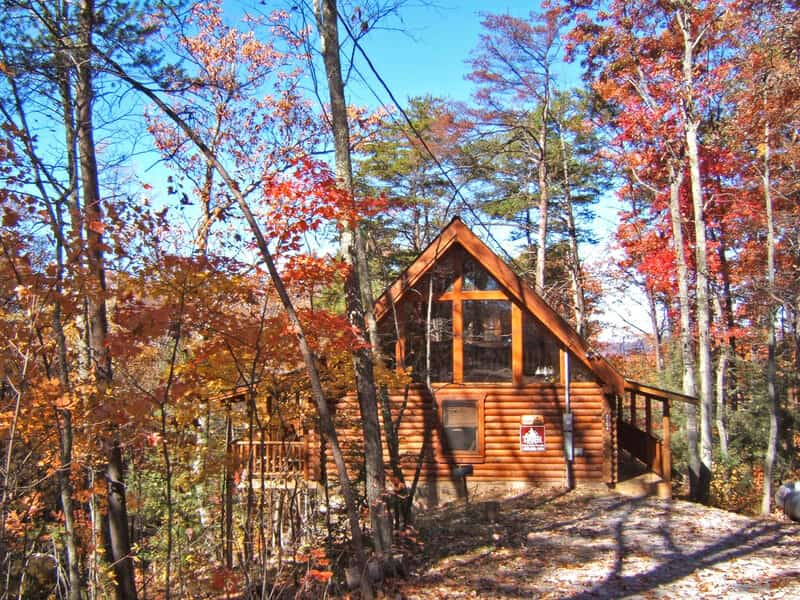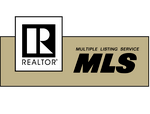In this article, I’d like to share with you about one of the most important steps in a home sale where a lender is involed – the appraisal.
If you’ve been following my articles over this past year, then you already know our region – the Great Smoky Mountains, including Pigeon Forge, Gatlinburg, Sevierville, and the surrounding communities – are in a season of very low inventory for property sales. This is especially true of our rental and vacation cabin market. As a result, the values of these properties have increased and the market for vacation and rental cabins has climbed steadily over the last couple of years at a rate that has outpaced lender appraisal values.
Appraising the value of a property can be one of the most challenging, and probably the most stressful, aspect of the process for buyers in a market where appraisal values don’t reflect where the market is at in terms of purchase value. This is mostly because lender appraisers are looking at the value of the property in a different way than everyone else, and with a different purpose. The purpose of a lender appraisal is to determine how much the lender can sell the property for in the event of a foreclosure. So even though the buyer is paying for the appraisal, the appraiser making the determination is actually working for the lender.
Appraisal is an art, not a science
As you know, when a foreclosure is put up for sale by a lender, it’s not priced at the market value. It’s priced below the market value because the financial institution is just trying to recoup as much as they can get for the property. So appraisers have to work from that angle in determining the appraisal value for the lender, and they have to follow specific restrictions. They have to find comparable sold listings within the last 3 to 6 months. If the property is in a subdivision or resort, they must use sold properties from that particular location. Obviously, appraisers can’t go into homes that were sold and take a look around. So the most efficient method for them is to look at closed listings in the association MLS, tax records, and any photos that are included with the closed listing report. It’s a difficult job, especially when you begin to understand some of the problems with doing it this way.
First of all, the reports don’t always accurately reflect the condition of the property. Rarely do tax records identify updates to the interior of the property. Sometimes the square footage is recorded incorrectly. The cabin could be smaller or larger inside than the tax record indicates. Regarding MLS records, the photos may be out of date. That pristine looking cabin exterior in the front photo could have been taken a week after it was built… 10 years ago. Today it might be full of bee holes and in serious need of a new staining. So of course it sold two months ago for $15,000 less than the one you’ve made an offer on where the one you want to buy today has been well taken care of and doesn’t need any major updating.
Appraisers also are required to look at square footage differently than the average buyer or seller. A lot of times, people look at the total square footage to determine how big the cabin is. Even when these numbers are correct in the written record, what the lender’s appraiser is looking for is how much is “above grade” and how much is “below grade.” So maybe you picked out a cabin that has a total of 2,000 square feet, but the appraiser who looks at it notices the cabin square footage is perfectly split between two levels. So, the 1,000 square feet above the mountain’s edge in that hypothetical cabin is considered above grade and worth more than the downstairs – even when that lower level has a window facing the perfect mountain view. Any level of the cabin that is 1 foot below ground is considered basement.







